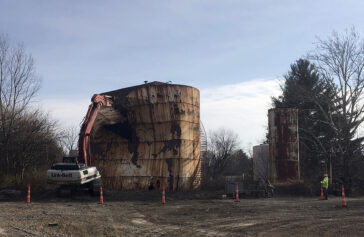July 13, 2018
Best of the States
Two stories focus on young victims impacted by US immigration policy
In two moving pieces of journalism in the last week, Associated Press journalists cast a powerful spotlight on the toll of White House immigration policies on young children.
One story started with a question posed by immigration beat team reporter Nomaan Merchant: Could we profile a single block or community where multiple immigrants had been picked up, and explore the impact of those arrests?
Merchant, joined by video journalist Manuel Valdes and photographer Greg Bull, zeroed in on a community in Kentucky that was the site of a two-day Immigration and Customs Enforcement raid last December.
Their reporting turned up examples of people who were arrested by happenstance, and with no criminal records – despite the administration’s mantra that the raids are for public safety. Perhaps the most poignant reporting and images focused on a 4-year-old boy whose father was arrested.
Meanwhile, Arizona immigration reporter Astrid Galvan was looking for ways to tell the stories of children separated from their parents at the border. She found a juvenile docket in Phoenix immigration court and camped out there for the day.
What she found was a major story that affected the national debate on immigration – a 1-year-old boy who had a court appearance with a lawyer. Galvan described in vivid detail how he nursed from his bottle, asked his care giver for “agua” and cried when the care giver retrieved his diaper bag. And she captured the money quote as a judge expressed his bafflement at having to advise a defendant of his rights when the defendant was a 1-year-old boy in diapers.
For exclusive, compelling stories that drove the narrative on a subject of prevailing interest, Galvan, Merchant, Valdes and Bull win this week’s Best of the States award.



